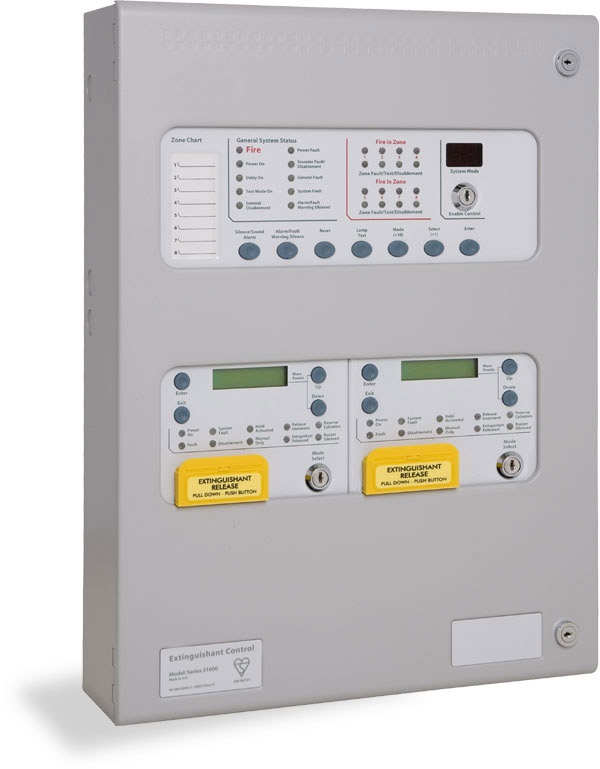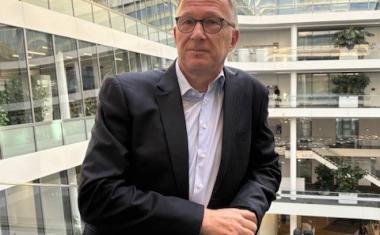The Importance of IT Fire Protection
Fire prevention is one of the most neglected areas of data centre planning, but attitudes may be changing as more IT professionals become aware of the enormous risks posed to a bus...


Fire prevention is one of the most neglected areas of data centre planning, but attitudes may be changing as more IT professionals become aware of the enormous risks posed to a business by fire.
According to the latest report on data centre downtime recovery costs, the average cost of unplanned IT downtime is about £600,000.
When you consider the penalties for a crippled IT system can include the costs of time-consuming manual operation of automated features by extra staff added to the ‘reputational damage’ to an organisation in terms of brand value and customer loyalty.
For example, it’s estimated that, in 2013, the unplanned maliciously caused downtime for no more than an hour of a global internet commerce and cloud computing company was £4 million. A further sobering thought is the calculation, from industry studies, that 43% of businesses forced to close by fire never reopen.
Gas Extinguishing Systems
In a recent arson attack on a Danish company, its IT room and data survived unscathed, thanks to the triggering of a fire suppression system, which flooded the room with a blend of inert gases allowing the servers and network to continue as normal within an hour.
The extinguishing effect of inert gases is achieved by displacing the oxygen in the air. Assets are protected by the slow response that is typical of inert gases. In this case, nitrogen is not poisonous and is particularly well-suited for protecting highly frequented areas, while argon and carbon dioxide, which is heavier than the surrounding air, pervades the ground-level flood area quickly and thoroughly making it more suitable for less frequented areas.
The extinguishing gases CO2, nitrogen and argon are referred to as inert gases, are colourless, non-conductive and do not leave residues. They are slow to react and do not usually result in any chemical interactions with the fire or other materials. These pure gases, which are available in our natural environment and are recommended for use in extinguishing systems, are derived largely from the air we breathe and if released do not adversely affect the environment. For procurement they have the advantage being vendor neutral and are readily available worldwide.
This technology is specified in environments where system continuity is critical, and fire prevention management of the highest reliability is essential, as most fires cannot be sustained with less than 15 percent Oxygen; a phenomenon of physics central to the development of inert gas Automatic Fire Extinguishing Systems.
First to Be Compliant
Only in recent years has the design and functionality of the control panel for fire protection extinguishing systems been defined by its specification within a common standard.
Leaders in this technology are Kentec, the first company to introduce an EN12094-1:2003 compliant extinguishing panel. Since 1985, the company has specialised in comprehensive systems for extinguishant control together with the design and manufacture of a wide range of extinguishing control panels.
EN12094-1 became a harmonized standard in 2006 and Kentec was the sole manufacturer able to apply the CE mark showing compliance with the Construction Products Directive to any type of fire control panel.
Multi Area Addressable Extinguishing Panel
The latest Syncro XT+ addressable multi-area extinguishant control panel, fully approved to EN12094-1, EN54-2 and EN54-4, provides addressable detection over 1 or 2 loops with 16 Zone LED Indicators and is available with up to four extinguishant release control units built in.
The extinguishant control modules on the panel have a comprehensive set of inputs and outputs to monitor and control the extinguishing system whether it be gas, aerosol or another. Being configurable via a simple programming interface means that the panel can be programmed to meet the clients’ specific requirements.
This latest product further enhances Kentec’s position as one of the World’s leading innovators of extinguishant control module technology.
Business Partner
Kentec Electronics Ltd.Dartford Kent DA1 1JQ
Unit 25 Fa Dartford Trade Park
UK
most read

When the Internet stumbles: Why DNS is important
When DNS fails, the internet stumbles-AWS outage proves resilience and redundancy are vital for digital trust

Assa Abloy's battery-powered Aperio KL100 secures lockers
Boost workplace security and operational flexibility by securing more than just doors.

Is Your Venue Ready for Martyn’s Law?
Martyn’s Law demands stronger security by 2027. Is your venue prepared to protect and respond?

VIP-Lounge Interview: Marco Mille, Global Head of Security, Siemens AG
VIP in the World of Security: Marco Mille, Global Head of Security at Siemens AG

Integrated and Futureproof: Traka’s Next Chapter
Interview with Stefni Oliver on Traka’s Vision for the Future






